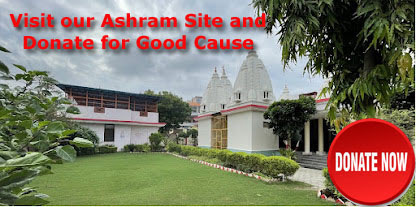There are various ways in which one planet influences
another or gets influenced in return. The simplest way is of being together in
a house/ sign. When two or more planets join together in one house, they
influence each other and modify each other’s results in a significant manner
from what they would have produced singly. We have discussed such cases in
Chapter No. 4 on “Conjunction of Planets”.
Another important method of one planet influencing the other
is by aspect. The aspect may be mutual or singly. In mutual aspect, the two
planets mutually transfer their characteristics to each other in proportion of
their strength and thus modify each other’s results. A planet may aspect the
other/ others singly or the planet may aspect others without getting aspected
in return. This unilateral aspect transfers the characteristics of the
aspecting planet to those it aspects. In this method the aspecting planet
influence the aspected planet/ (s) without getting influenced itself.
There is also a third method by which two planets mutually
influences each other; this is called Parivartan Yoga. The “Parivartan” is a
Hindi word meaning exchange. This yoga takes place when two planets exchange
their houses. By doing so, they tend to closely link two different houses,
besides linking themselves. In this yoga, not only the planets share their
characteristics, but the two concerned house also influence each other
modifying each other’s characteristics. The planets undergoing exchange modify
and gain some strength and behave as if they are located each in his own house.
The Parivartan yogas are an important feature of Vedic
astrology. Any delineation of a horoscopic chart must include an identification
of any Parivartan yoga present therein. Benefic yogas are produced if the
exchange involves the lords of benefic houses. However, if the lords of adverse
houses are involved, the results will also be adverse. Sometimes the exchange
takes place between a benefic and a malefic lord; in such a case, the result
will show the nature of the stronger of the two lords. The results in general
are indicated by the nature, strength, and mutual friendship between the two
lords. Any other planet conjunct/ associated or aspecting either of the two
lords also modify the results.
Shri Mantreshwar, author of “Phaldeepika”, have divided the
Parivartan yogas into three categories, depending on the nature of the houses
involved.
i.) Maha-yogas: They involve exchange between benefic
houses-1st, 2nd, 4th, 5th, 7th, 9th, 10th, and 11th lords. These are 28 in
number. They promise wealth, health, status & physical enjoyments.
ii) Dainya Yogas: They involve exchange of Trika (6th, 8th,
& 12th) lords with lords of other houses. They are 30 in number and
generally produce adverse results regarding health, troubles from enemies
& wicked nature.
iii) Khal Yogasa: These yogas are produced when 3rd lord
exchanges place with lords of houses other than Trika houses. They are eight in
number. They indicate fickle & wicked nature, fluctuating fortunes and
temperament.
Dr. Shanker Adawal
Profile: www.shankeradawal.com
Research: www.Shankerstudy.com
Videos: www.ConnectingMinds.Org
Profile: www.shankeradawal.com
Research: www.Shankerstudy.com
Videos: www.ConnectingMinds.Org













































